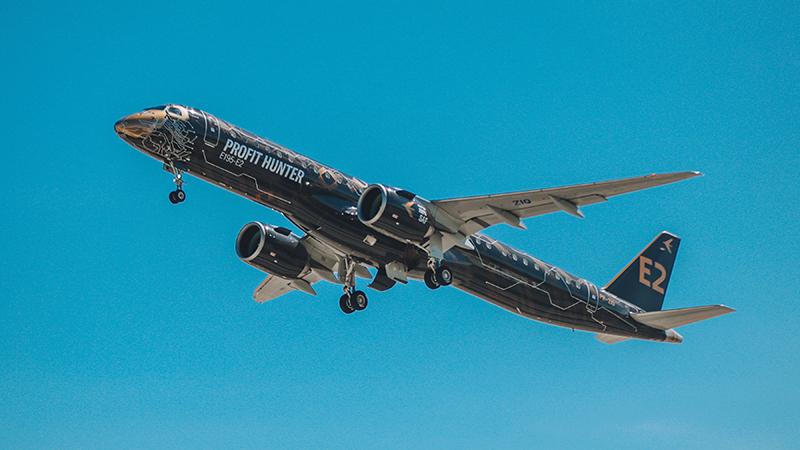Embraer Develops Training Plan To Support Automatic Takeoff Capability

Precise and consistent automatic control of pitch angle will reduce takeoff distance and improve safety.
Credit: Embraer
Embraer is developing a pilot training program for the industry’s first automatic takeoff system, which is to be introduced first on the E2 regional jet family. As the autotakeoff system mimics manual takeoff procedures, the manufacturer expects the training required to be simple. “We think, because...
Embraer Develops Training Plan To Support Automatic Takeoff Capability is part of our Aviation Week & Space Technology - Inside MRO and AWIN subscriptions.
Subscribe now to read this content, plus receive full coverage of what's next in technology from the experts trusted by the commercial aircraft MRO community.
Already a subscriber to AWST or an AWIN customer? Log in with your existing email and password.





